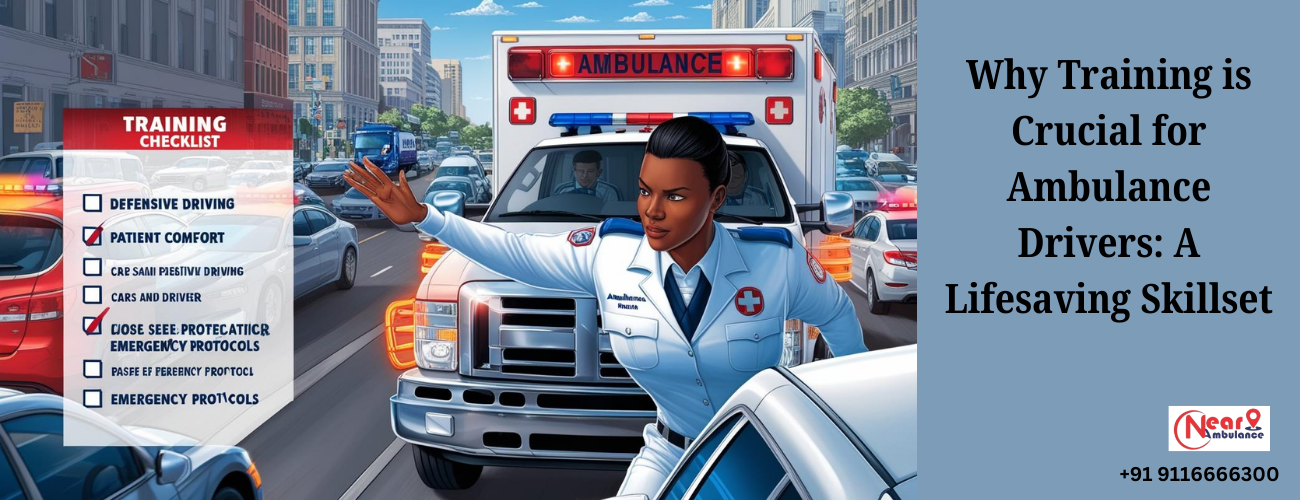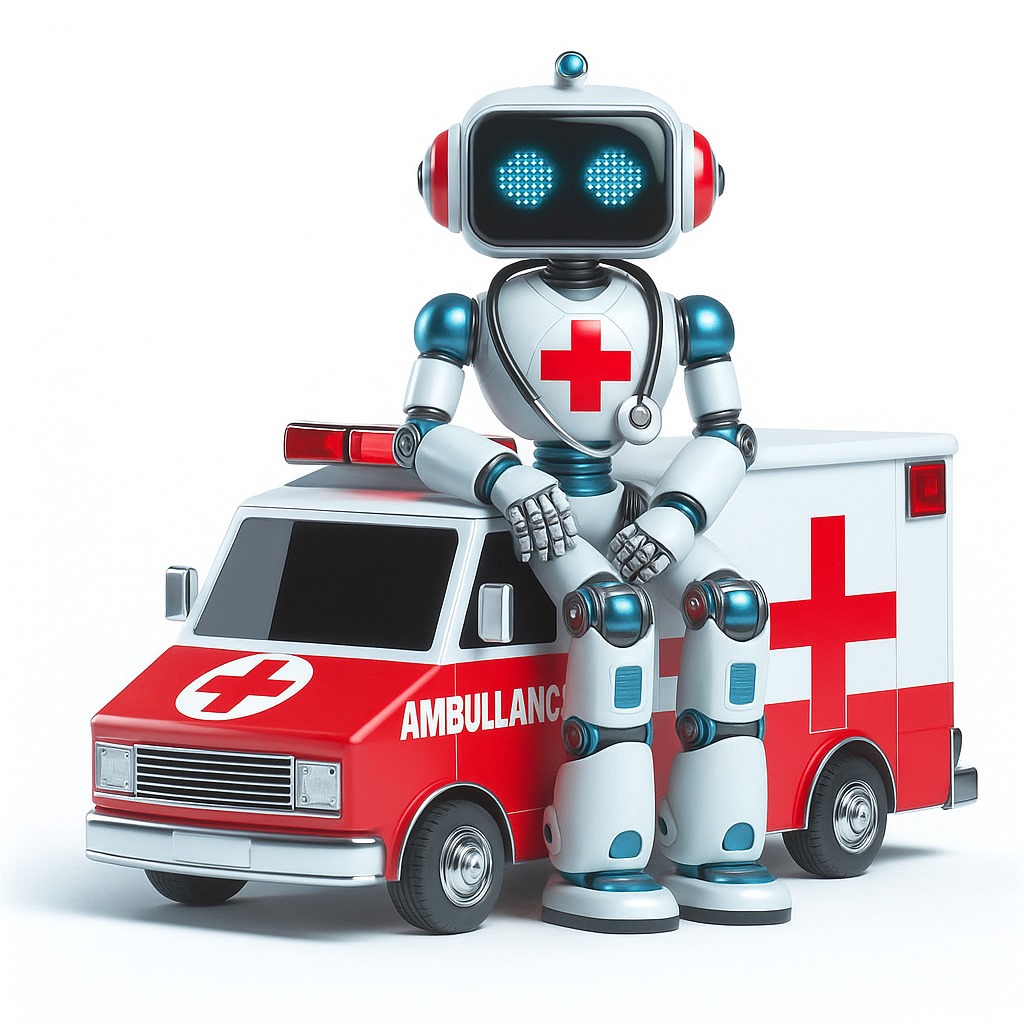
Why Training is Crucial for Ambulance Drivers: A Lifesaving Skillset
Why Training is Crucial for Ambulance Drivers: A Lifesaving Skillset
Ambulance drivers play a vital role in emergency medical services, acting as the crucial link in delivering patients to medical facilities swiftly and safely. Their responsibilities extend far beyond simply driving; they require a specialized skill set and training to manage high-pressure scenarios and ensure the well-being of patients and others on the road. Here’s why proper training for ambulance drivers is indispensable.
________________________________________
1. Mastering Safe Navigation Through Traffic
Emergencies demand quick action, and ambulance drivers must navigate through traffic without compromising safety. Training helps drivers:
● Develop defensive driving skills to reduce risks.
● Learn to use sirens and emergency lights effectively to alert other drivers.
● Maneuver safely through congested roads while maintaining control of the vehicle.
________________________________________
2. Understanding Vehicle Handling
Ambulances are significantly heavier and more complex than standard vehicles due to medical equipment and passenger loads. Training ensures drivers:
● Learn to manage the vehicle’s weight and adjust braking distances accordingly.
● Acquire techniques for driving safely in adverse weather conditions.
● Conduct routine checks to keep the ambulance in optimal working condition.
________________________________________
3. Ensuring Patient Comfort and Safety
Rough handling during transit can worsen a patient’s condition. Trained drivers are equipped to:
● Practice smooth acceleration and braking for patient comfort.
● Reduce sudden movements during transport.
● Secure stretchers and medical equipment to prevent accidents.
________________________________________
4. Managing Stressful Situations
Driving an ambulance in emergencies can be overwhelming. Training prepares drivers to:
● Stay calm and composed under pressure.
● Make quick, informed decisions during critical moments.
● Communicate effectively with paramedics and hospital staff.
________________________________________
5. Understanding Basic Medical Protocols
While ambulance drivers are not typically involved in direct medical care, having a basic understanding of medical procedures is invaluable. Training includes:
● First aid and CPR techniques to assist in emergencies.
● Awareness of different medical conditions to prioritize urgency.
● Supporting paramedics for efficient patient care.
________________________________________
6. Upholding Legal and Ethical Standards
Ambulance drivers carry significant responsibility to ensure public and patient safety. Training covers:
● Traffic laws specific to emergency vehicles.
● Ethical considerations for handling sensitive situations.
● Strategies for managing difficult or uncooperative individuals.
________________________________________
The Benefits of Comprehensive Training Well-trained ambulance drivers contribute to:
● Quicker Emergency Responses: Efficient driving reduces delays, ensuring patients receive timely care.
● Improved Patient Outcomes: Safe and comfortable transport stabilizes patients en route.
● Increased Public Safety: Skilled navigation minimizes the risk of accidents, even in high-pressure scenarios.
________________________________________
Near Ambulance: Dedicated to Excellence
At Near Ambulance, we emphasize rigorous training for our drivers to uphold the highest standards of safety and care. Our programs ensure that drivers are equipped to handle emergencies with professionalism and precision, making every journey as secure and efficient as possible.
Contact us today:
● Website: www.nearambulance.com
● Phone: +91 9116666300
BY : CHARU SAINI & NIRBHAY , NEAR AMBULANCE
